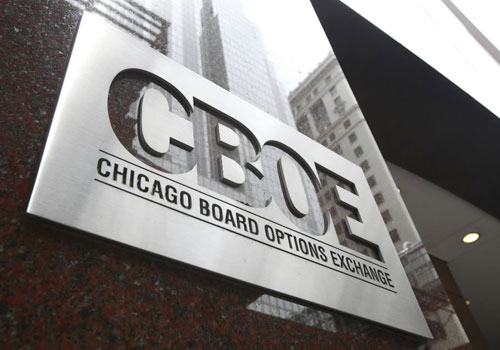The International Swaps and Derivatives Association, Inc. (ISDA) has published a new paper that analyzes the implications of trading venue recognition between the US and European Union (EU), and flags areas where further alignment of rules is necessary.
The paper – A Practical Guide to Navigating Derivatives Trading on US/EU Recognized Trading Venues – sets out the steps US and EU persons would have to take when trading on an US or EU trading venue, and highlights complexities due to a lack of equivalence for clearing, reporting and registration requirements. It also includes a question and answer section to help market participants navigate the various regulatory requirements related to trading on recognized venues.
The paper finds that while agreement last year between the US and EU on the mutual recognition of derivatives trading venues has removed an important barrier to cross-border trading, a number of compliance challenges remain due to the lack of a global regulatory cross-border recognition framework. This could result in firms being required to maintain duplicative compliance programs to meet the requirements of both EU and US regulators, for little benefit.
The agreement on the mutual recognition of trading venues between the US and EU was a big step forward. But the piecemeal, rule-by-rule approach to granting substituted compliance and equivalence creates operational and compliance complexities, and increases costs for derivatives users. We cant stress enough the importance of regulators looking at overseas rule sets holistically, and issuing broad comparability determinations using a risk-centered, outcomes-based approach, said Scott OMalia, ISDA Chief Executive.
The practical guide follows the publication of an earlier ISDA paper, which proposes a risk-based framework for cross-border comparability assessments, based on a set of risk-based principles. If a foreign jurisdiction meets the risk-based principles, ISDA believes a comparability determination should be granted in full.
Publication of ISDAs practical guide comes on the back of an agreement in October 2017 between the US Commodity Futures Trading Commission and European Commission on a common approach for authorized trading venues.




